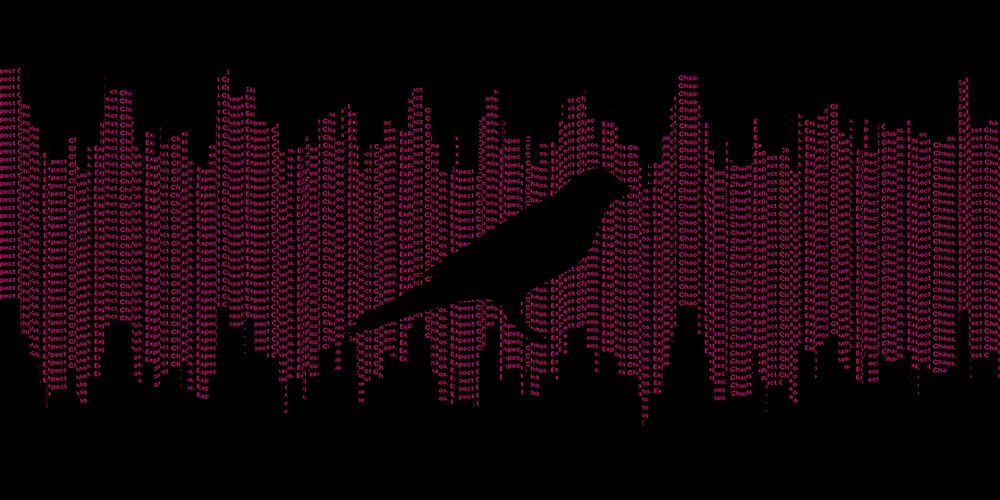Kusama (KSM) is an experimental version of the better known Polkadot, which allows any developer to experiment and test new blockchains or applications before publishing them on the live network. In this way, it can be said to act as a kind of sandbox for developers who want to test early versions of Polkadot projects with real cryptocurrency that can be traded on the open market.

Image source: https://guide.kusama.network.
The presentation of Kusama
As its primary goal is to facilitate testing, Kusama tries to give developers more flexibility as they finalise the designs for their Polkadot projects. Kusama, on the other hand, offers looser rules than Polkadot, including less stringent control parameters.
Who created Kusama?
Kusama was founded in 2016 by Polkadot founders Gavin Wood (co-founder of Ethereum), Peter Czaban and Robert Habermier.
How does Kusama work?
The Kusama network allows you to create two types of blockchain:
- Relay Chain -The main Kusama blockchain. This is the main Kusama network.
- Parachain - Individual blockchains that use the computing resources of the Relay Chains to confirm the accuracy of transactions.
Relay Chain
To ensure that its network agrees with the system state, Kusama Relay Chain uses a variation on the proof-of-stake (PoS) solution, namely the nominated proof-of-stake (NPoS).
This system allows anyone who stakes a KSM by locking in a cryptocurrency in a special contract to assume one or more of the following roles required for its operation:
Validators - Validate data in Parachain blocks. They also participate in the solution and vote on proposals to modify the network.
Markers - Ensure the Relay Chain by selecting trusted validators. Candidates delegate their staked KSM tokens to validators and thus allocate their votes to them.
Differences between Kusama and Polkadot
Kusama is considered the "canary network" of the Polkadot blockchain. This means that it helps to detect possible weaknesses or vulnerabilities in Polkadot. It provides early code release, which is not audited and is available before Polkadot is released.
The most striking difference between the two networks is the speed of the management system. In Kusama, it takes seven days to vote on a referendum and eight days to implement changes. In contrast, Polkadoton requires a month to implement them.
Another difference is that it is much easier to become a validator in Kusama. The minimum staking requirements are lower here than in Polkadot.
It is also important to note that Kusama is a blockchain for experimentation, ergo it gives up stability and security to increase network speed.
The KSM token
The kusama (KSM) token was ranked 54th in market value rankings on 08/08/2021. According to CoinMarketCap, it is currently trading at $225 USD, peaking at $624 USD in May. Its 24-hour trading volume is $205 484 000 USD. Its market capitalisation is close to $2 billion USD. Its initial listing price was $0.87 USD back on 14 January 2020.
Its total token supply is 10 million KSM, and 8.98 million have been traded so far. KSM trading pairs (KSM/USDT, KSM/EUR) are also listed on Crypto.com, Binance, OKEx and Kraken.
